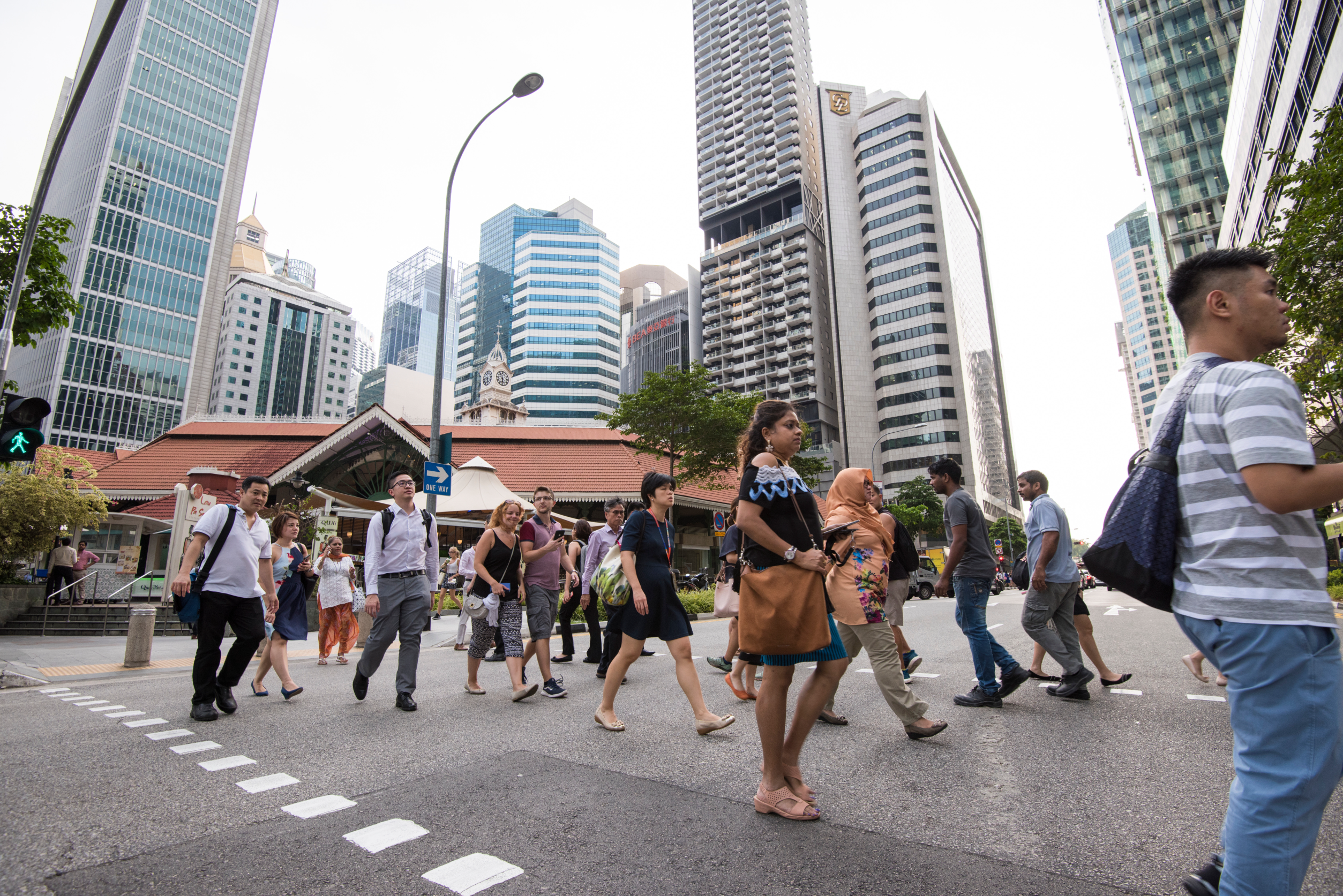Singapore’s labour market faces challenges amid economic headwinds
- Josephine Tan
- Topics: Compensation and Benefits, Home Page - News, News, Singapore

Singapore’s labour market experienced a decline in employment rates and real incomes in 2023, citing a challenging economic environment and elevated inflation, according to the advance release of the Ministry of Manpower’s (MOM) labour force report.
The report highlighted that Singapore’s labour market demonstrated resilience, with the ministry anticipating a potential improvement in real income growth in the upcoming year as inflation eases. Despite the dip in employment rates for residents aged 15 and above, Singapore still holds the fourth position among the Organisation for Economic Co-operation and Development (OECD) countries.
The decline in the employment rate, dropping from last year’s historical high of 67.5% to 66.2%, was attributed to more individuals choosing to stay outside the labour force rather than facing challenges in seeking employment, as stated in the report.
The MOM emphasised that ongoing efforts to encourage women to rejoin the workforce and enhance the employability of older employees have enabled Singapore to maintain its high ranking over the past decade, despite its ageing workforce.
Additionally, this year witnessed improvements in the unemployment rates for professionals, managers, executives, and technicians (PMETs) and non-PMETs. The unemployment rate for non-PMETs dropped from 4.4% in 2022 to 3.6% in 2023, while for PMETs, it decreased from 2.6% to 2.4%. Furthermore, long-term unemployment rates showed improvement for both categories.
READ MORE: Salaries in Singapore to rise in 2024 despite inflation woes
On the income front, nominal incomes continued to rise, albeit at a more moderate pace than the previous decade. The median gross monthly income for full-time employed residents increased by 2.5% from 2022 to S$5,197 (US$3,900). However, this growth rate was lower than the annualised average from 2013 to 2023.
Inflation, which peaked at a 14-year high in January and February, contributed to a 2.3% decrease in real income at the median after adjustment. At the 20th percentile, real income fell by 3%. However, considering Workfare Income Supplement and related payments, the decline at the 20th percentile was smaller than 2.1%, reported CNA.






